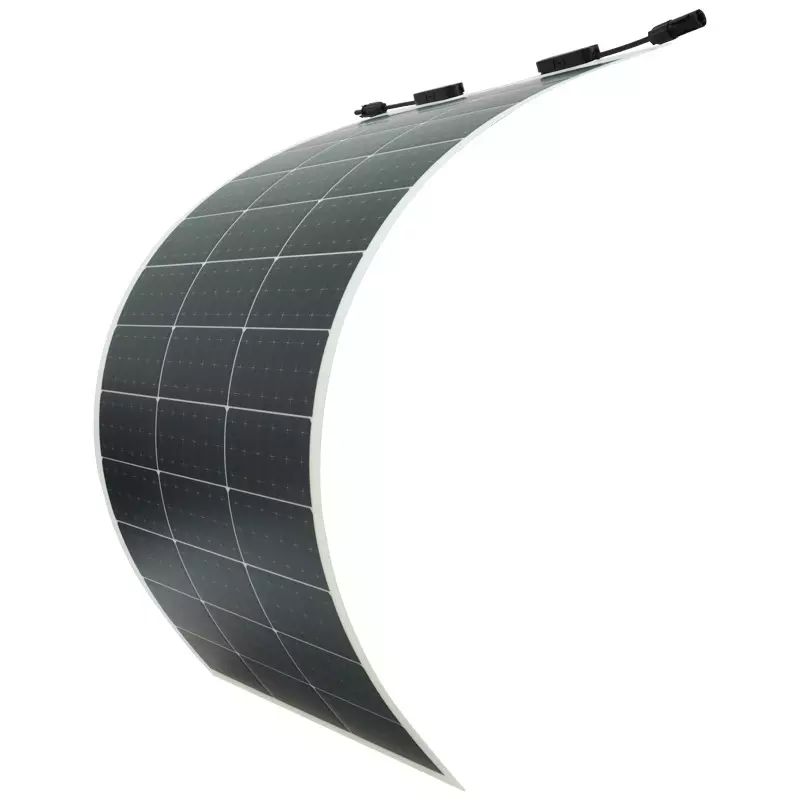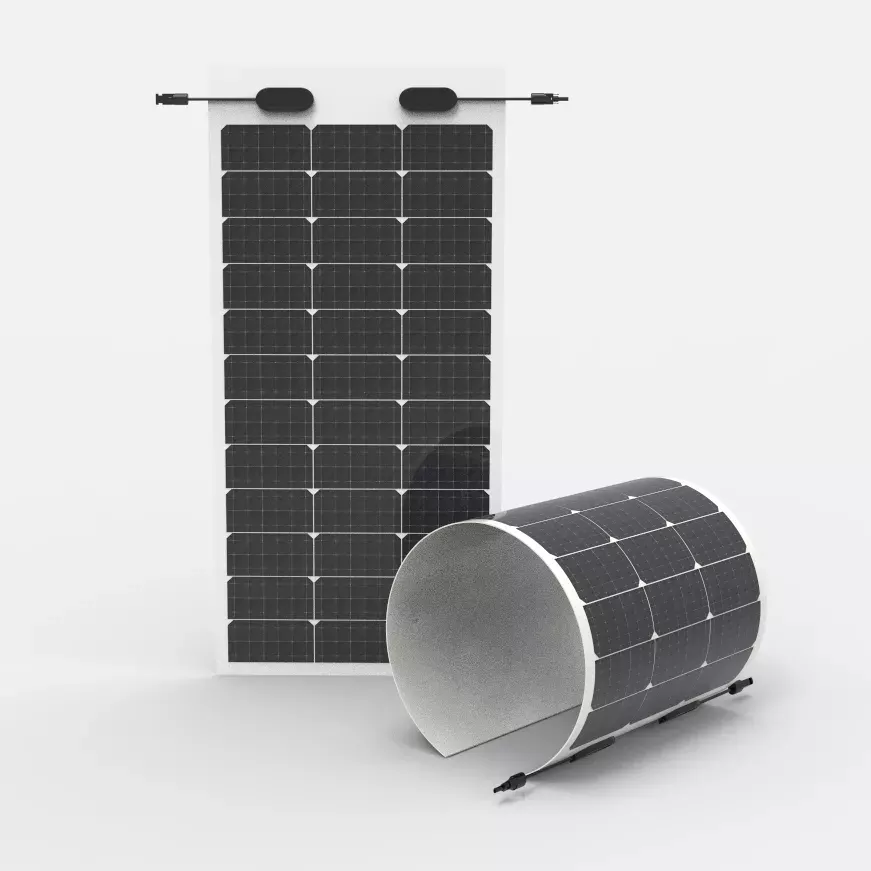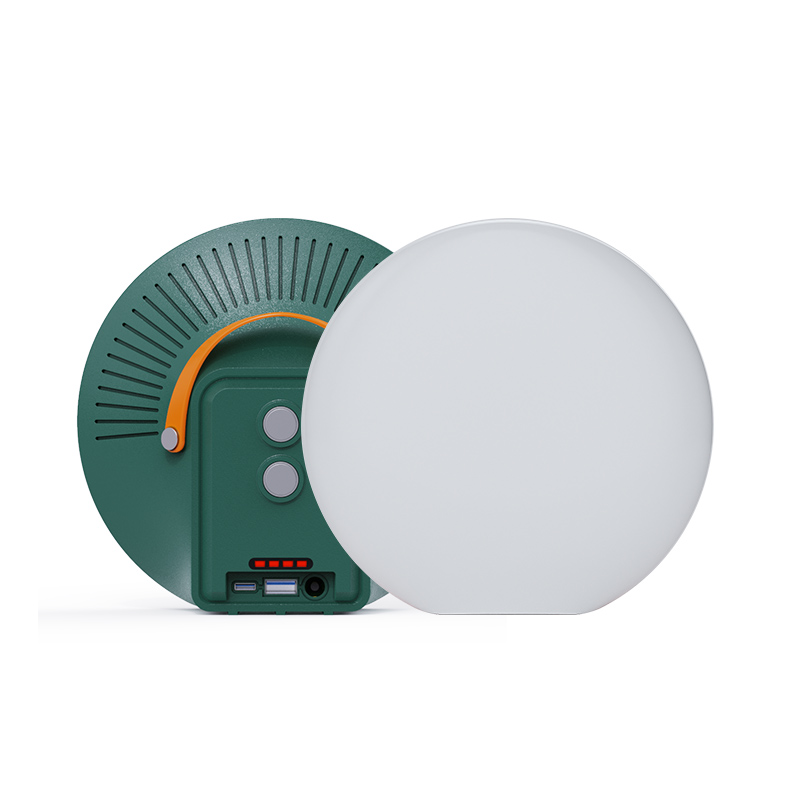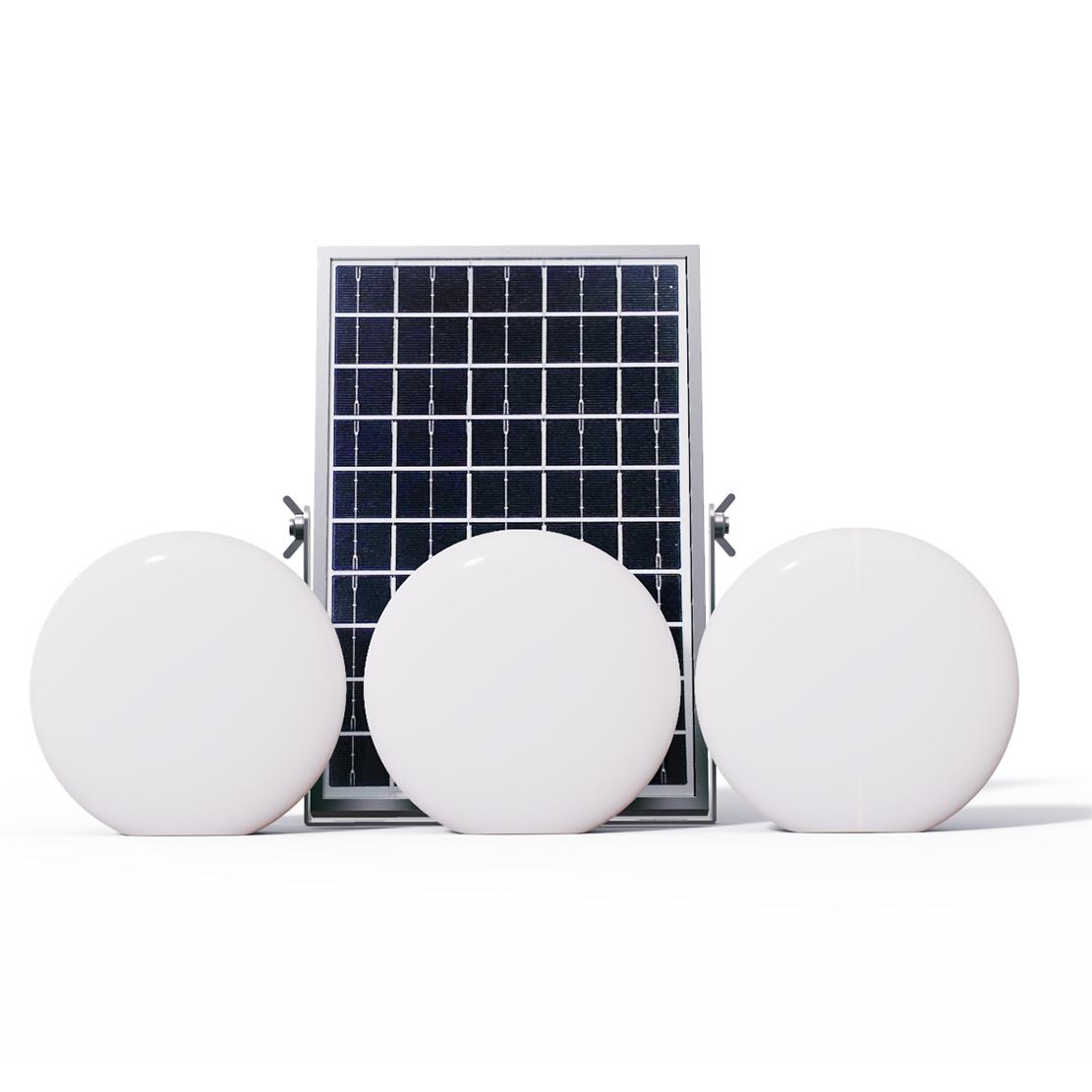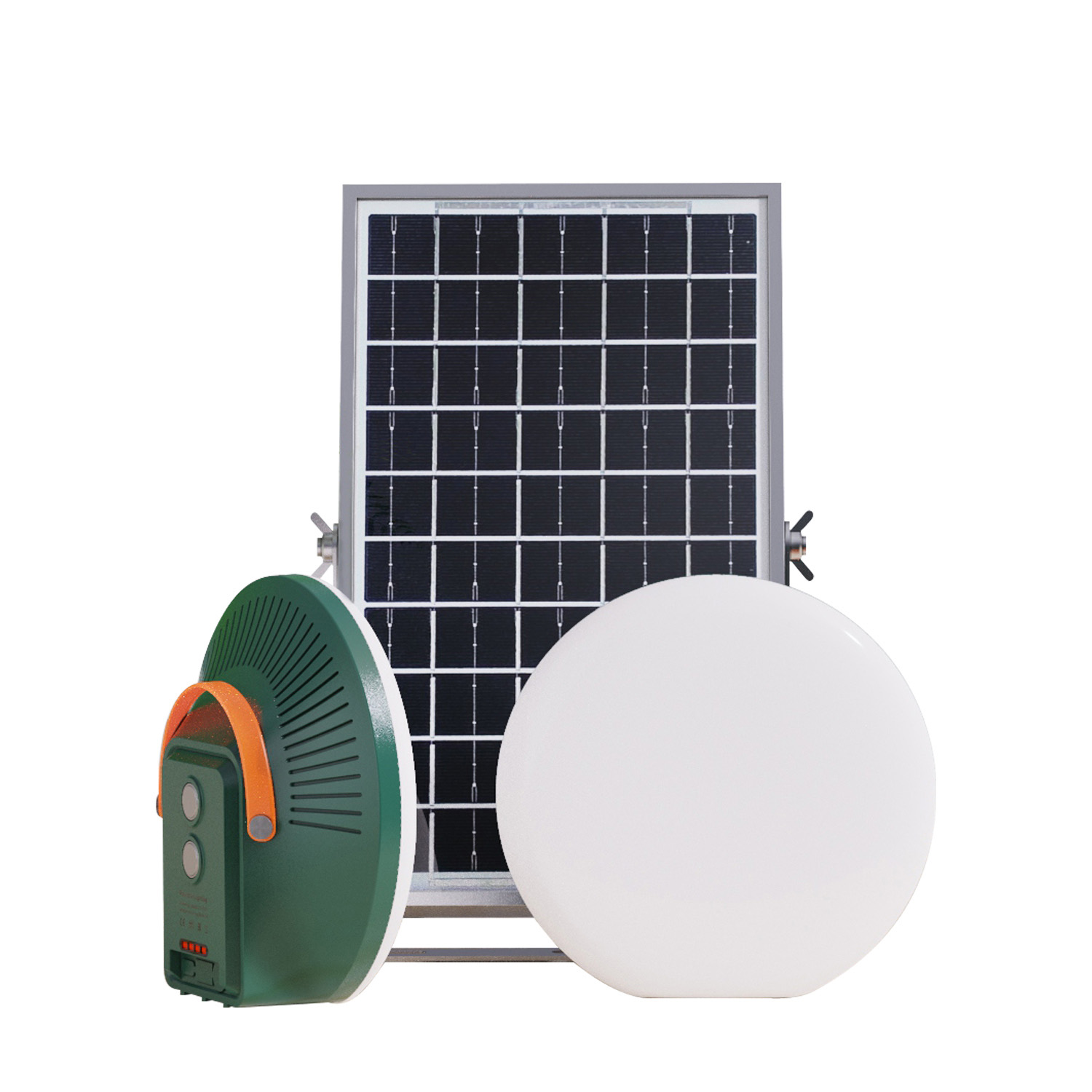Flexible solar modules represent a cutting-edge advancement in photovoltaic technology, offering a versatile alternative to traditional rigid solar panels. These modules are engineered to generate electricity from sunlight, albeit with a distinct design and composition that allows for flexibility and adaptability to various surfaces and environments.
Flexible Solar Modules: Definition & Functionality
Flexible solar modules, also known as thin-film solar panels, are composed of thin layers of photovoltaic material that convert sunlight into electricity through the photovoltaic effect.
Unlike conventional crystalline silicon panels, which are typically rigid and heavy, flexible solar modules are lightweight and malleable, allowing them to conform to curved or irregular surfaces. This flexibility enables their integration into a wide range of applications, from portable electronics to architectural structures.
Advantages Over Traditional Solar Panels
One of the primary advantages of flexible solar modules lies in their adaptability to diverse settings. Unlike rigid panels, which require flat, unobstructed surfaces for installation, flexible modules can be mounted on curved or irregular surfaces, opening up possibilities for solar energy generation in previously inaccessible locations. Additionally, their lightweight construction makes them ideal for applications where weight and flexibility are paramount, such as in portable electronics or on lightweight structures where traditional panels would be impractical or cumbersome.
Components of Flexible Solar Modules
Flexible solar modules comprise several key components that work together to harness solar energy efficiently and reliably.
Thin-Film Photovoltaic Cells
At the heart of flexible solar modules are thin-film photovoltaic cells, which are typically made from materials such as amorphous silicon, cadmium telluride, or copper indium gallium selenide (CIGS). These cells are deposited onto a flexible substrate using various manufacturing techniques, such as sputtering or chemical vapor deposition, to create a thin, lightweight solar module capable of converting sunlight into electricity.
Encapsulation Layers
Flexible solar modules are often encapsulated with layers of protective materials to protect the delicate photovoltaic cells from environmental factors such as moisture, dust, and mechanical stress. These encapsulation layers, typically made from materials like ethylene-vinyl acetate (EVA) or polyvinyl fluoride (PVF), provide a barrier against moisture ingress while maintaining optical transparency to allow sunlight to reach the underlying photovoltaic cells.
Substrate Materials
The substrate of flexible solar modules serves as a flexible base upon which the thin-film photovoltaic cells are deposited. Common substrate materials include flexible plastics such as polyethylene terephthalate (PET) or metal foils like aluminum or stainless steel. These materials provide the necessary mechanical support and flexibility for the solar module while also serving as a barrier against environmental hazards.
Applications of Flexible Solar Modules
Flexible solar modules find a wide range of applications across various industries, thanks to their unique combination of flexibility, lightweight construction, and efficient energy generation.
Portable Electronics
One of the most common applications of flexible solar modules is in portable electronics, where the lightweight and flexible nature of these modules makes them ideal for powering devices such as smartphones, tablets, and wearable gadgets. Integrated into the design of backpacks, clothing, or accessories, flexible solar modules can provide a convenient source of renewable energy for charging electronic devices on the go, reducing the need for conventional power sources.
Building-integrated Photovoltaics (BIPV)
In the construction industry, flexible solar modules are increasingly being used as building-integrated photovoltaics (BIPV) to generate electricity while serving as architectural elements. By integrating solar modules into building facades, roofs, or windows, architects and designers can create aesthetically pleasing structures that harness solar energy efficiently, reducing reliance on conventional grid power and lowering carbon emissions.
Transportation
Flexible solar modules are also finding applications in the transportation sector, where they can be integrated into vehicles such as cars, buses, or boats to supplement onboard power systems or recharge batteries. By harnessing solar energy to power auxiliary systems such as ventilation, lighting, or entertainment systems, flexible solar modules can help reduce fuel consumption and greenhouse gas emissions, contributing to a more sustainable transportation infrastructure.
Conclusion
Flexible solar modules represent a promising avenue for advancing the adoption of solar energy by offering a flexible, lightweight, and versatile alternative to traditional solar panels. With ongoing technological advancements, expanding applications, and concerted efforts to address challenges related to cost and sustainability, flexible solar technology is poised to play a significant role in shaping the future of renewable energy.

